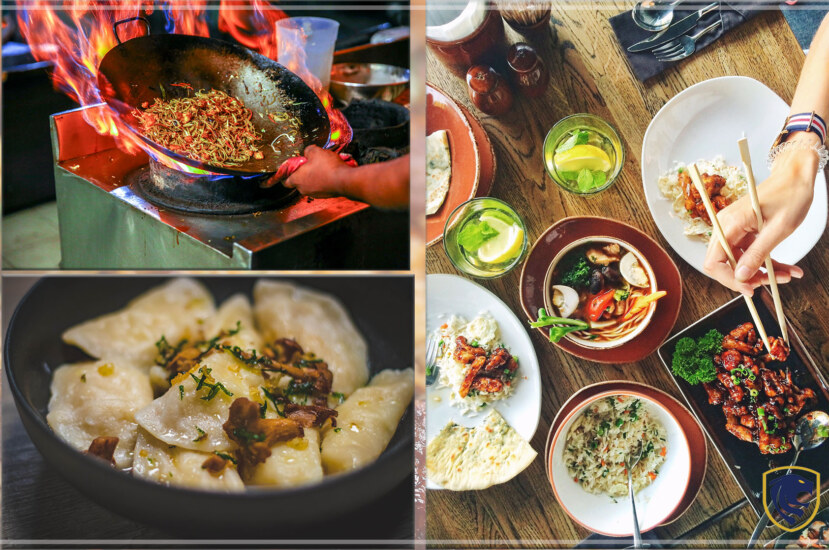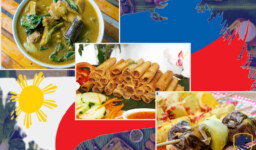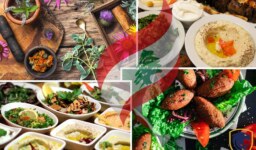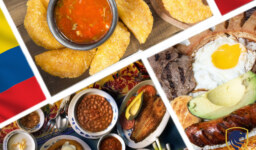Chinese food is one of the essential components of Chinese culture because of its extensive history, distinctive characteristics, variety of styles, and fine cookery. Chinese cuisine is renowned for its variety in color, flavor, scent, and look. Due to the vast diversity of flavors available, it is quite important to arrive in the nation with a preliminary list of must-eats that will provide you with a well-rounded culinary experience.
Peking Roasted Duck
One of China‘s national cuisines is Peking duck, a dish with international popularity that originated in Beijing. The skin of the Peking duck, which is thin and crunchy, is delicious. If you have plans to visit Beijing you must try this meal during your visit!
Beijing Roast Duck was formerly considered a regal meal in ancient China since it was “the first food to eat in China.” Since Premier Zhou Enlai, the first Premier of the People’s Republic of China first served it to international guests in the 1970s, it has been known as the “national dish of diplomacy.” Heads of state, representatives of the administration, and both local and international tourists greatly admire it.

Peking Roasted Duck; Best Chinese Food you must try
Steamed fish head with chopped salted chili
Hunan, a hilly, landlocked region in the south, is famed for its Xiang cuisine, which is frequently prepared with copious amounts of oil, salt, and chilies.
Even the province has a folk song about chili with words to the effect of “If there is no chili, it does not qualify as a meal. A dash of chili wins out over a delicious feast.”
Steamed fish heads with chopped salty chilies are the best dish to showcase Hunan cuisine.
To make duo jiao, a common delicacy in Hunanese households, chili peppers must first be dried, chopped, and then preserved for at least a week in a jar with salt, ginger, garlic, and baijiu. The steamed fish head has a spicy and salty bite thanks to the thick coating of duo jiao. After you’ve finished the fish, you can use the remaining liquid as a delightful dipping sauce for noodles or dumplings.

Steamed fish head with chopped salted chili
Stinky Tofu
As you can guess by looking at the name of this food, it is stinky. It is a variety of tofu that is made by fermenting. It is claimed that the greater the smell, the better the flavor. The name pretty much says it all. Similar to how cheese is fermented, tofu is brined in a concoction of fermented milk, vegetables, meat, and aromatics.

Stinky Tofu; Best Chinese Food you must try
Dumplings
Dumplings don’t, in fact, just belong to Chinese cuisine. More East Asian cuisines, including Japanese and Korean, as well as Central Asian cuisines, such as Afghan and Uzbek, contain them. No matter what, you must taste the Chinese version.

Dumplings; Best Chinese Food you must try
Small dough wrappers filled with mushy mutton stew, black pepper, spring onions, and other herbs make up these snacks. If you are in the middle of a freezing winter, this meal is the perfect of option to warm you up. . You can enjoy soaking them in a bowl of warm, brothy soup, which works well in place of wonton soup.
Hot Pot
One of the widely consumed foods in China is hot pot or hotpot. It is particularly consumed in the provinces of Sichuan and Chongqing. People prepare and consume meals from a boiling pot of soup stock. It is placed in the center of the dining table on a gas or induction burner, surrounded by foods and condiments. Anyone can cook and add anything they want to the soup. Meat slices and veggies are combined to prepare this special broth for Hot Pot.

Hot Pot
Hot pot is a favorite food among Chinese people. The hot pot used to be popular exclusively during the winter, but these days you may find it served year-round. It is a superb method.
Dan Dan noodles
Dan Dan is a noodle dish that is descending from Chinese culture. There are many versions of this amazing cuisine. Dan dan noodles got its name from the method street vendors first distributed them more than a century ago. They sold it on a pole called a dan dan.

Dan Dan noodles; Best Chinese Food you must try
There are several ways to present this well-known Sichuan delicacy. Some people believe that dan dan noodles should be a dry mixture of noodles prepared with ground beef, chopped scallions, spices, crushed peanuts, and different sauces. While the components are comparable, some people like dan dan noodles in a hot, spicy, salty, and nutty broth.
Scallion Pancakes
Here is the perfect alteration for you if you anticipate a dish of sweetly piled pancakes with maple syrup drizzled on top. A taste of China’s ubiquitous street dish, scallion pancakes, will make you forget about your familiar pancakes from the United States. Despite being referred to as pancakes, they are more accurately described as a flatbread. Because they are chewy on the inside and nicely crispy on the surface. The dough is savory in flavor and contains sesame oil and scallions, or spring onions. Moreover, the oil makes the exquisite texture possible.

Scallion Pancakes; Best Chinese Food you must try
Dim Sum
One of the most well-known dishes in Cantonese cuisine is dim sum. It includes a wide variety of miniature meals, such as dumplings, rolls, and cakes. In addition, it requires preparations of meat, fish, dessert, and vegetables. Today, there are more than a thousand different types of dim sum.

Dim Sum
Guangzhou is where dim sum first appeared. Tea is a favorite beverage among Guangdong residents, especially during lunchtime. As an outcome, Chinese people love to pair their Dim Sum dish with a pleasant cup of tea.
Cross-the-bridge rice noodles
According to a legend, a devoted wife created cross-the-bridge rice noodles many years ago. Her husband went to school on an island. So, the wife would cross a bridge to bring him lunch every day. The discouraged wife decided to carry a pot of scorching hot chicken broth along with the rice noodles and uncooked ingredients because she knew the food would be cold after the travel.
It truly was a clever strategy.

Cross-the-bridge rice noodles
The soup would stay warm because of the chicken grease on the top. She would prepare all the ingredients by adding them to the boiling soup when the husband was ready to eat. Today, a wide variety of noodle cafés provide their version of cross-the-bridge rice noodles, with a selection of various toppings and soup bases.
Baozi
Baozi, also known as bao, comes in two varieties: dàbo (large bun) and xiobo (small bun). Depending on the kind and region of manufacture, both are bread-like dumplings that can be filled with anything from meat to vegetables to bean paste. They are typically served with dipping sauces such as soy sauce, vinegar, sesame oil, and chili paste. In addition, the buns are typically steamed, making them deliciously squishy and mushy.

Baozi; Best Chinese Food you must try




